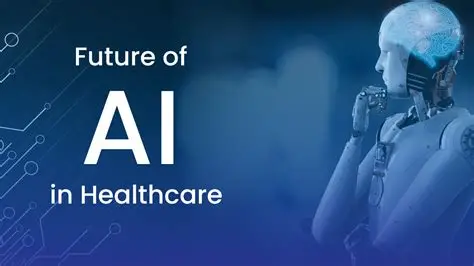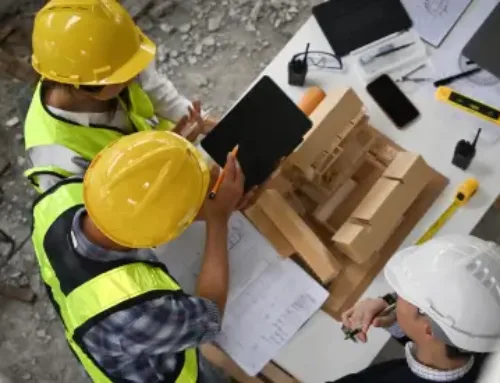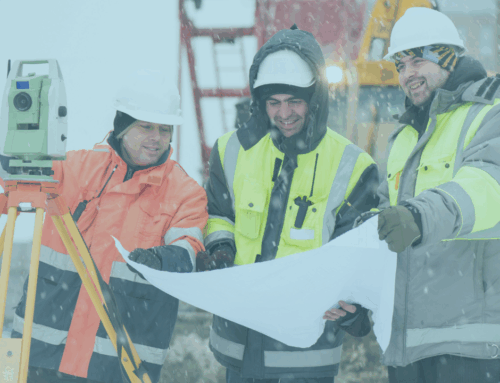AI is reshaping the healthcare industry—but not just in exam rooms and behind computer screens. It’s transforming how healthcare spaces are imagined, designed, built, and managed. Whether you’re an architect, engineer, project manager, or general contractor, the responsible use of AI in healthcare isn’t just a tech trend—it’s a strategic shift that affects how you work, who you work with, and what you build for the future.
Let’s break it down.
What Is “Responsible AI” in Healthcare?
Responsible AI means designing, deploying, and using artificial intelligence with measurable outcomes, ethical integrity, and workforce empowerment. In healthcare, that looks like AI tools that:
- Improve patient outcomes
- Optimize operations (not just costs)
- Avoid bias and protect privacy
- Elevate, not eliminate, human expertise
Why This Matters to the Whole Healthcare Project Ecosystem
Architects & Designers
AI is impacting facility planning like never before. With AI-generated space planning, heatmaps from patient flow, and infection control modeling, design isn’t just about aesthetics—it’s about data-informed functionality.
Responsible AI can:
- Optimize layouts for staff efficiency and patient care
- Reduce risks by simulating emergency scenarios or patient surges
- Align design decisions with actual clinical workflows (not guesswork)
Architects who understand how AI affects user behavior will be the ones designing the most resilient, adaptable spaces.
Engineers
AI is playing a critical role in building systems, from energy efficiency to smart ventilation in surgical suites. But it’s not just tech for tech’s sake—it needs to be reliable, explainable, and sustainable.
Engineers are using AI to:
- Design predictive maintenance systems for MEP
- Balance HVAC loads based on real-time hospital data
- Support carbon reduction strategies through AI-enhanced energy models
Responsible AI lets engineers solve problems before they happen—but only if those tools are transparent and ethically sound.
Project Managers
AI can revolutionize project scheduling, risk management, and supply chain coordination—but here’s the catch: bad data = bad AI.
Project managers are leading the charge to:
- Vet the tools for ethical use and bias
- Use AI insights to forecast delays and mitigate scope creep
- Train teams to interpret and trust AI recommendations
Project managers are the bridge between humans and machines—your leadership determines how well AI tools are adopted and aligned with client values.
Healthcare Institutions
Hospitals and health systems aren’t just AI users—they’re AI stakeholders. From clinical decision-making to operational strategy, they must demand transparency, measurable ROI, and workforce support.
Key moves include:
- Requiring AI tools to meet ethical standards
- Upskilling internal teams to work alongside tech
- Collaborating with AEC partners on AI-driven facility operations and design
Responsible AI must serve both patients and providers—and that requires alignment between IT, HR, operations, and facilities planning.
General Contractors
AI is coming to the field—from AI-assisted scheduling and robotics to real-time safety monitoring. But responsible AI means more than automation—it’s about empowering workers with better information, not replacing them.
GCs can use AI to:
- Track material deliveries and logistics with real-time updates
- Monitor site safety using computer vision tools
- Collaborate on BIM models informed by real-time hospital performance data
The contractors that win tomorrow’s healthcare work will be the ones who use AI to boost trust, quality, and safety—without sidelining people.
Where We’re Headed
Responsible AI is not just a clinical initiative—it’s a full ecosystem shift. As healthcare organizations lean into AI adoption, they’re looking for partners who understand not just how AI works, but how it works responsibly.
Those who embrace this moment—across all roles—will help shape a healthcare system that is smarter, safer, more responsive, and more human.
Bottom line: Whether you’re designing the next hospital wing, coordinating a multi-million-dollar construction schedule, or managing HVAC loads for a surgical suite—responsible AI is now part of your job description. And the good news? When used right, it doesn’t replace us. It amplifies the best of what we do.






